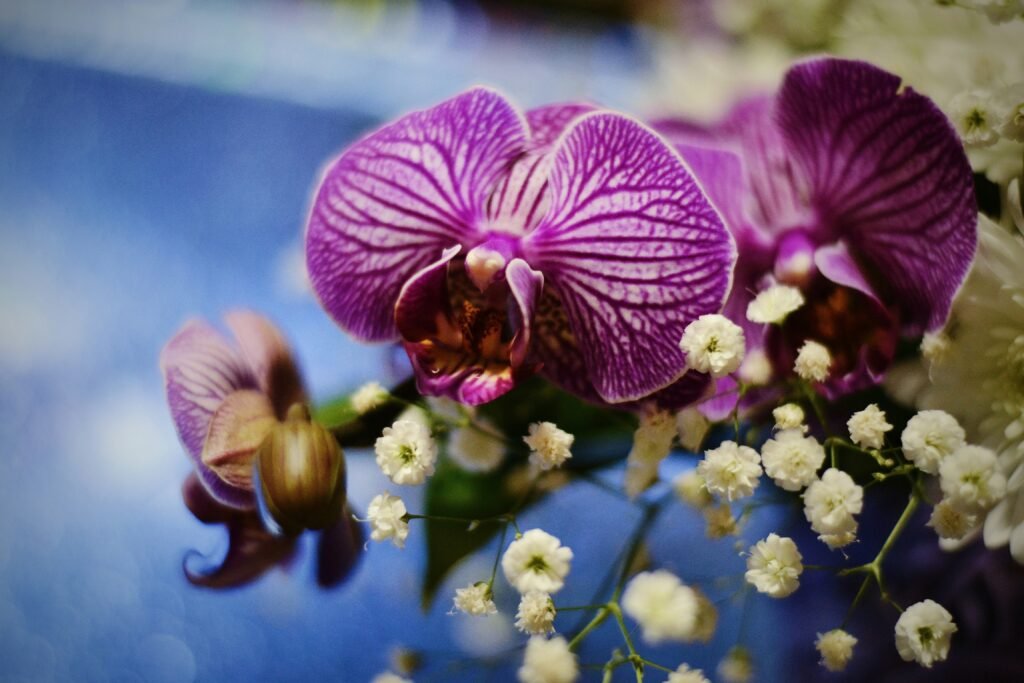A type of flower that was believed to be gone from Spurn Point National Nature Reserve has bloomed for the first time in 30 years. The staff think that the Bee Orchid has come back because of a new conservation grazing program.

GPS-Guided Cows Help Wildflowers Flourish
Cows at the reserve were guided using GPS collars and allowed to graze only in designated areas, instead of wandering freely and eating the sweet flowers they liked. This careful grazing created the perfect environment for a variety of wildflowers to grow on the reserve’s Chalk Bank meadow.
Rosie Jaques, a reserve and marine officer, described the outcome as an “amazing result.”
Bee Orchids Make a Comeback at Spurn Point
Bee orchids, named because they look like bees, were only found in small numbers at Spurn Point in the 1990s. They hadn’t been seen again until this year, when staff from Yorkshire Wildlife Trust discovered 21 new plants.
